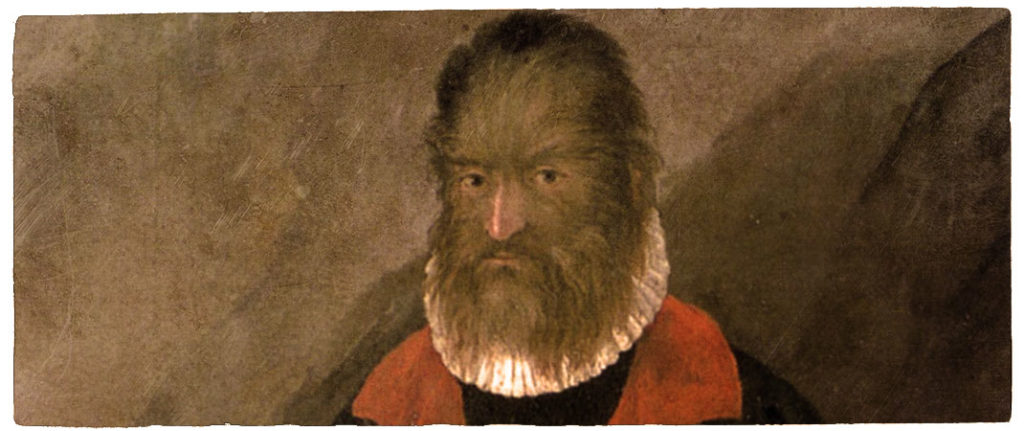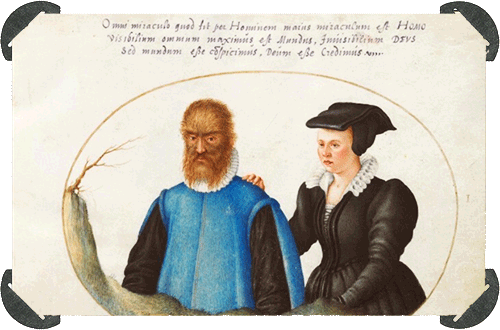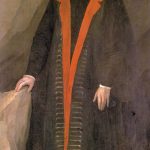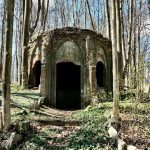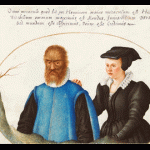The beast of Tenerife
2011
![]()
During an extensive journey as part of her photographic studies, a then only 27-year-old Carolina Francisca Zavala succeeded in tracing the long lost remains of the legendary Beast of Tenerife. In her expedition report she writes:
Even as a child, only six years old, I was fascinated by Jean Cocteau’s film La Belle et la Bête (Beauty and the Beast). I watched it countless times with my grandfather in his cinema in Bilbao. Later, when I watched the cartoon, Beauty and the Beast, for the first time the story overwhelmed me again and still fascinates me to this day.”
During a trip to the Canary Islands Zavala heard out about a Spanish nobleman, Pedro González, who was in his time time (1537) known as the Beast of Tenerife.
When I heard the story of Pedro González I immediately had the vague feeling of having heard of him before. After some exhaustive research I indeed came across a story by the French writer Gabrielle-Suzanne Barbot de Villeneuve, who is considered to the author of the first literary version of Beauty and the Beast. Apparently, she had already stumbled upon the legend of Pedro González in 1740 and had been considerably inspired by his life. Little by little I realised that the ‘beast’ in the stories must have been him. In my inquiries I learned that Pedro González was taken to the court of King Henry II at the age of ten for his amusement, as he was considered as a monkey.
Due to his illness, a form hypertrichosis characterized by unusually strong hair growth, he was often ridiculed as being a ‘monkey’ or ‘wolf man’. In his youth, González fell in love with a young woman and tried to win her heart. She, however, scorned and mocked him. The public humiliation reached its sad climax when she invited him to her wedding with a handsome prince – to amuse the wedding guests.
I was boiling with rage when I heard that! Pedro González, who was now under the protection of Henry II and even spoke Latin, was a nobleman. He did not want to accept this disparagement and swore revenge. However, in the two-man fight with the prince, it was evident that he could handle only the feather, not the sword. Being heavily injured, his only option was to escape.”
Inspired by this discovery, Carolina later decided to pursue the story of the Beast of Tenerife. She traveled to Italy – with the help of her Barcelona Academy of Art scholarship – to take pictures of the landscape. Here she was able to prove that González had indeed survived the sword fight.
At the court of Margaret of Parma, paintings from around this time emerged showing González in an array of noble costumes. He had indeed found a woman who recognized his good nature and married him despite his appearance! No anomaly is documented in the paintings. Her skin is delicate and soft and completely without beard. My heart hopped as the mosaic stones joined together more and more. The fairy tale, which as a child I loved so much, was actually based on a real life event. Pedro and his wife Catherine had even seven children together! I wanted to know all about him, not only where he had lived, but also where he had died.”
She spent several days in Parma talking to librarians and noblemen. Again and again she visited cemeteries and ruins dating back to the time and wandered around the former lands of Margaret of Parma. Sadly here the trail was lost. Her initial euphoria turned into consternation.
For days I had been running around tirelessly and my feet were aching as if I had walked for several centuries. I had wrestled innumerable books and folios with old trunk trees, rattled cemeteries, and found no new clues.”
Although she had already planned her return journey, she once again went out to the country to shoot a few last photo memories.
As I looked through the view-finder of my camera I could hardly believe my eyes. In the middle of the forest between all the trees, the weathered outline of a stone crypt was revealed. As I approached I discovered that the crypt was empty. I was just about to leave when I saw the contours of a coat of arms exposed by wind and rain on a broken stone slab of an adjacent mound: the coat of arms of Pedro González! With all my strength I pushed the table aside and opened the secret entrance. Excitedly I turned on my flashlight and descended into the hiding place. In front of me a crypt revealed itself in the midst a nearly unharmed sarcophagus. A large, mossy stone tome was pinned to the wall. Trembling with tension, I scratched the moss and saw the words that had lasted for centuries:
‘Beloved father and faithful husband, Pedro González. In eternal gratitude, Catherine, Tognina, Alejandro, Anna, Francesco, Leonardo, Tia and Maria.’
I had tears in my eyes as I saw this love story finished right in front of me. It was by far one of the most striking moments of my entire life!”
When the sarcophagus was later opened under the supervision of some archaeologists from the Adventure Club of Europe (ACE), a well preserved death mask and remains of noble, courtly robes were found near Pedro Gonzalez’ bones.
The death mask has been in the possession of ACE since then. Carolina Francisca Zavala was solemnly accepted as a new member for her important find.
![]()

